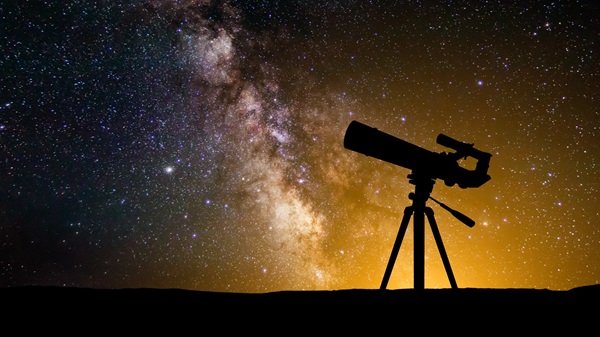Exploring the Night Sky: A Beginner’s Guide to Using Your Celestron Telescope

For those eager to explore the cosmos, a Celestron telescope is an excellent choice. Visitwidescreen-centre.co.uk/celestron-telescopes.html to find the perfect model. This guide will help you make the most of your new telescope, ensuring an unforgettable stargazing experience.
Choosing the Right Location
Finding a suitable spot is crucial for effective stargazing. Ideally, select a location away from city lights. Light pollution can significantly hinder your view of celestial objects. A dark, open area with a clear view of the sky is ideal. National parks and rural areas are often perfect spots.
Setting Up Your Celestron Telescope
Setting up your telescope correctly is essential. Start by placing it on a stable surface. Make sure your tripod is level. Attach the telescope to the mount and secure it properly. Balance is key to avoid any wobbling during observation.
Aligning the Finderscope
The finderscope helps you locate objects in the sky. Begin by aligning it with a distant terrestrial object during the day. Adjust the finderscope until the object is centered in both the finderscope and the main telescope. This alignment is critical for accurately targeting celestial bodies.
Understanding the Eyepieces
Celestron telescopes come with multiple eyepieces. Start with the lowest magnification eyepiece. It offers a wider field of view, making it easier to locate objects. Once an object is in view, you can switch to a higher magnification eyepiece for a closer look. Remember, higher magnification requires more precise adjustments.
Using Star Charts and Apps
Star charts and mobile apps are invaluable tools for amateur astronomers. They help identify constellations, stars, and planets. Apps like Stellarium or SkySafari provide real-time maps of the night sky. Use these tools to plan your stargazing sessions and locate specific celestial objects.
Observing Planets and the Moon
The Moon is an excellent starting point for beginners. Its craters and surface features are easily visible. For planets, start with Jupiter and its moons, Saturn’s rings, or the phases of Venus. These objects are bright and relatively easy to spot.
Exploring Deep-Sky Objects
Deep-sky objects like star clusters, nebulae, and galaxies offer breathtaking views. The Andromeda Galaxy, Orion Nebula, and the Pleiades cluster are popular targets. Patience is vital, as these objects can be faint and require careful adjustment of the telescope.
Maintaining Your Telescope
Regular maintenance ensures optimal performance. Keep the lenses and mirrors clean. Use a soft brush or air blower to remove dust. Store the telescope in a dry, dust-free environment. Cover it when not in use to protect it from dirt and damage.
Joining Astronomy Clubs
Joining an astronomy club can enhance your stargazing experience. These clubs offer valuable resources, guidance, and community support. You can share tips, attend star parties, and learn from experienced astronomers.
In conclusion, using a Celestron telescope opens up a world of cosmic exploration. By following these tips, you’ll be well on your way to becoming an accomplished stargazer. Enjoy the beauty of the night sky and happy observing!
